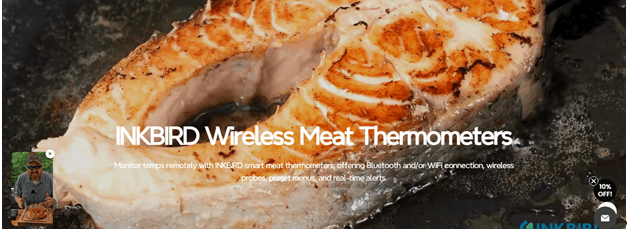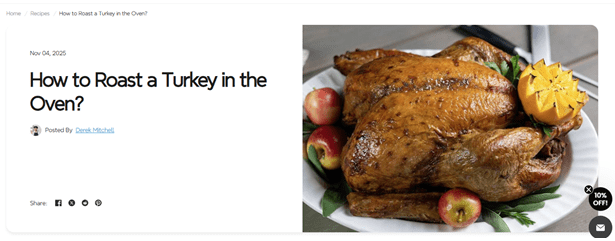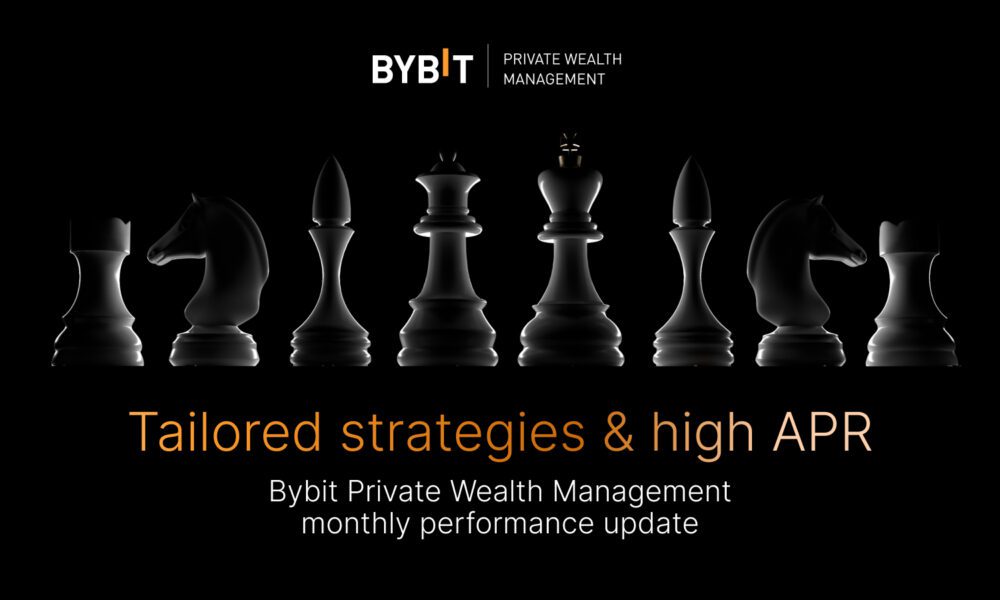When it comes to hosting a special occasion, few dishes make a grander statement than a perfectly cooked prime rib roast. Its juicy tenderness, rich flavor, and stunning presentation make it the star of the table. But as impressive as it looks, cooking prime rib can be intimidating for many home chefs. After all, it’s an expense cut of meat that deserves to be cooked right the first time. The good news is that with modern cooking tools like a smart meat thermometer, and the same attention to detail used when you roast turkey in the oven, you can achieve restaurant-level results at home every single time.
A foolproof of prime rib doesn’t require professional chef skills; it requires precision and patience. This guide will walk you through every step, from choosing your roast to carving it beautifully, ensuring that your next dinner celebration is both delicious and stress-free.
Why Prime Rib Deserves the Spotlight
Prime rib, also known as standing rib roast, is one of the most flavorful cuts of beef. It comes from the rib section of the cow, and when cooked prproperly, it offers a perfect balance between a crisp, caramelized crust and a juicy, tender interior. This roast naturally shines during holidays like Christmas or New Year’s Eve, but it’s also an excellent choice for birthdays, anniversaries, or any time you want to treat loved ones to something truly special.
However, prime rib can be tricky because it’s a large, thick cut of meat that needs to reach the ideal internal temperature evenly. That’s where the smart meat thermometer comes in — it eliminates all guesswork, allowing you to cook your roast with confidence and precision.
The Role of a Smart Meat Thermometer
Cooking meat to perfection isn’t just about flavor; it’s also about safety. Under cooked meat can harbor harmful bacteria, while overcooked meat loses its tenderness and juiciness. A smart meat thermometer helps you avoid both extremes by monitoring your roast’s temperature in real time.
Modern wireless thermometers, such as those from INKBIRD, allow you to track the temperature from your smartphone or even your smartwatch. Whether you’re mingling with guests or preparing side dishes, you can keep an eye on your prime rib without hovering near the oven. You’ll receive alerts when the roast hits your preset temperature, ensuring flawless results every time.
It’s the same principle you’d use when learning how to roast turkey in oven — controlling the internal temperature is key to perfect doneness. With preset USDA recommended levels built into the device, you ‘ll never have to second-guess whether your meat is safe and delicious.
Selecting and Preparing the Perfect Prime Rib
When buying a prime rib roast, plan on about one pound per person. If you’re feeding six guests, a six-pound roast is ideal. For a truly special occasion, choose a bone-in roast, as the bones add flavor and help retain moisture.
Step 1: Season Generously
A prime rib needs bold seasoning. Combine kosher salt, freshly cracked black pepper, minced garlic, and fresh herbs lithyme emary and marjoram. Rub this mixture generously all over the roast. For best results, season it a day ahead and let it sit uncovered in the refrigerator overnight. This helps the easoning penetrate deeply and promotes a beautiful crust when roasting.
Step 2: Bring to Room Temperature
Before roasting, let your seasoned prime rib rest at room temperature for about two hours. This ensures even cooking throughout. Placing a cold roast straight into the oven can lead to uneven results — an overdone exterior and an undercooked center.
Cooking the Prime Rib: Low and Slow for Perfection
The secret to a foolproof prime rib lies in slow roasting at a consistent temperature. Preheat your oven to 325°F (163 °C), the same temperature often used when you roast turkey in the oven for tender and juicy results.
Step 1: Insert the Smart Thermometer
Place your smart meat thermometer probe into the thickest part of the roast, avoiding contact with the bone. Set the desired doneness on your device — 120°F for rare, 130°F for medium, or 140°F for medium.
Step 2: Roast the Meat
Set the roast on a rack inside a roasting pan. This allows air to circulate evenly, giving you a uniform cook. Roast the prime rib until the thermometer indicates your target temperature. Depending on size, ththis may take between 2½ to 3½ hours.
Step 3: Let It Rest
Once your thermometer alert goes off, remove the roast from the oven and cover it loosely with aluminum foil. Let it rest for at least 20 to 30 minutes. This step is crucial, as resting allows the juices to redistribute, making the meat moist and flavorful when sliced.
Achieving the Perfect Crust
After resting, if you want that extra crispy, golden crust, return the roast to a hot oven at 475°F (246°C) for 10 minutes. This quick blast of heat caramelizes the outer layer without drying the meat inside. It’s the final touch that transforms a good prime rib into a show- stopping centerpiece.
Carving and Serving
To carve your prime rib, place it on a cutting board with the bones facing you. Slice between the bones to remove the meat from the rack, then cut thick slices against the grain for maximum tenderness. Serve with classic accompaniments like au jus, horseradish cream, roasted vegetables, or mashed potatoes.
If you’re preparing a holiday meal, pairing your prime rib with a roast turkey in oven gives your guests two delicious centerpiece options. The combination of juicy beef and golden, flavorful turkey creates a festive spread that satisfies everyone at the table.
Common Mistakes to Avoid
Even with the best ingredients, mistakes can happen. Here are a few things to watch out for:
- Skipping the thermometer: Guessing the doneness can easily lead to overcooked or undercooked meat. Always use your smart meat thermometer.
- Not resting the roast: Cutting too early causes juices to escape, leaving the meat dry.
- Using too high a temperature: While it may seem faster, high heat risks burning the crust before the center cooks properly.
- Forgetting seasoning time: Seasoning right before cooking won’t allow flavors to penetrate deeply.
Why This Method Works Every Time
The reason this method is foolproof lies in science and precision. The low-and-slow cooking technique ensures even heat distribution, while the smart meat thermometer gives you complete control. There’s no guesswork — only anaccurate, real-time monitoring that results in perfectly cooked meat every time.
Whether you’re hosting Thanksgiving, Christmas, or a family reunion, this approach delivers results worthy of any celebration. Plus, the convenience of monitoring remonitoring remotely means you can relax and focus on what truly matters — spending quality time with your loved ones.
Conclusion
Cooking a flawless prime rib may seem daunting, but with the right tools and techniques, it becomes a delightful and rewarding experience. Using a smart meat thermometer ensures that your roast reaches the perfect internal temperature without stress, while adopting techniques similar to how you roast turkey ithe oven guarantees juicy, tender, and flavorful meat every time.
So, the next time you plan a special occasion, take a deep breath, prepare your seasonings, and trust your tools. With precision cooking and patience, your prime rib will come out of the oven golden, aromatic, and ready to impress — a centerpiece worthy of every celebration.




































